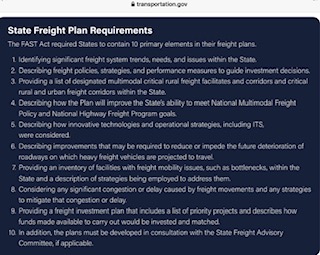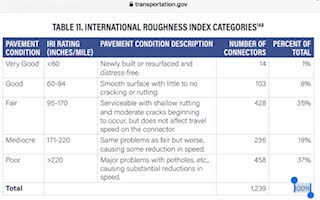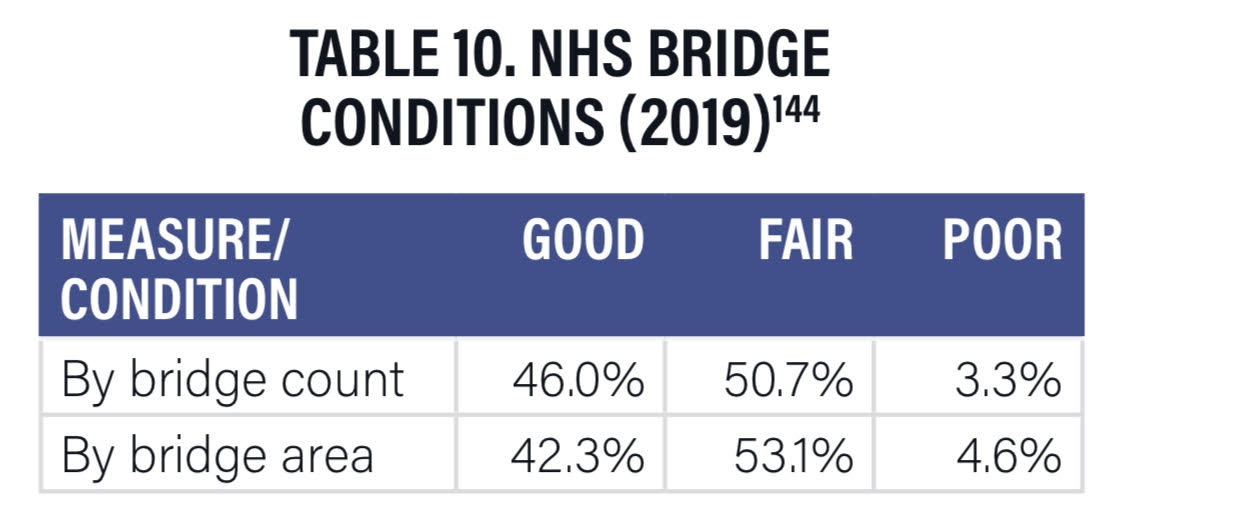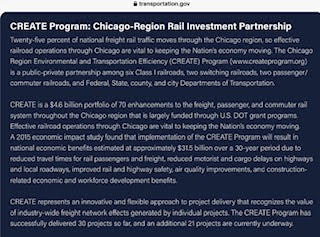A second opinion is offered below.
Does it signal exactly how commercial value will be created?
Any real innovation?
A few points to reconsider.
This National Freight Strategic Plan describes the steps that the U.S. Department of Transportation says it will take to address these challenges.
It says that the document provides a vision for a national freight system that continues to drive economic growth and well-being while maintaining and improving safety and efficiency.
It lays out principles and goals to guide a strategic Federal role in freight.
The Plan describes specific funding programs and initiatives to guide multimodal investments to address safety issues, reduce congestion, improve intermodal connectivity, and support rural communities and industries.
Issues under the signature of:
Elaine L. Chao
United States Secretary of Transportation
Jim Blaze says after a quick review —
Hmmm?
——————————————-
Flip to the last few pages (about page 100 or so)
DOT admits it still lacks data necessary to drive smart innovation.
Oh my? That’s not a good starting point for planners.
————————-
“Safety is the U.S. DOT’s top strategic goal.”
Maybe. But it is not addressed until page 86!
—————————
DOT’s GOALS CHECKLIST
WHERE is the R&D?
The DOT checklist has 19 theoretical “to do” BOXES.
RESEARCH? 18th on the list (see the list on page 85)
There is no real articulated federal sponsored R&D budget.
— it is all pretty vague.
No actual R&D plan listed out.
Why not?
——————————————
INSTITUTIONAL BARRIERS AND FINANCIAL ISSUES are listed by the feds on page 76.
— Feds hand off the “ heavy decision lifting” on page 77 to the States. “Say what?”

INTERMODALISM for FREIGHT
Things like poor connection “intermodal” connector links have been studied for about five decades starting at the CATS “MPO” early urban goods movement planning group.
Where is the progress report?
US DOT offers none.
INSTEAD, DOT just gives us the latest bad report card update.
That’s not a plan, is it?

Bridge condition issues similarly have been well known for decades.
Publishing this graph is not news — and is not a plan.


